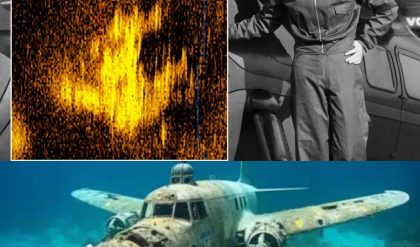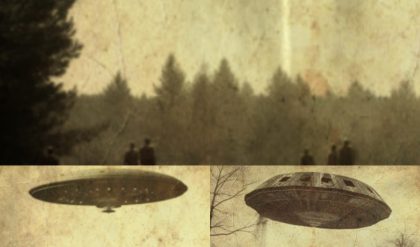In recent years, the topic of extraterrestrial presence has gained unprecedented attention, captivating the imaginations of scientists, enthusiasts, and the general public alike. The idea that aliens might be visiting our skies has evolved from mere science fiction to a subject of serious scientific inquiry and debate. This surge of interest has been fueled by numerous reports of unidentified flying objects (UFOs) and unexplained aerial phenomena.

One of the most significant developments in this field is the increasing number of credible sightings and encounters reported by military and civilian pilots. These sightings often describe highly advanced, maneuverable crafts exhibiting capabilities far beyond current human technology. Such reports have led experts to reconsider the possibility that we are not alone in the universe.
Dr. Sarah Mitchell, an astrophysicist and prominent figure in the study of extraterrestrial phenomena, states, “The evidence for unidentified aerial phenomena is compelling. We must approach this with scientific rigor and an open mind.” The growing body of evidence includes not only eyewitness accounts but also radar data, video footage, and other physical evidence that suggests the presence of something extraordinary in our skies.
Government agencies worldwide have begun to take these reports seriously. In the United States, the Pentagon released a highly anticipated report on UFOs, acknowledging that many of the sightings remain unexplained. This report marks a significant shift from the traditional stance of secrecy and denial, indicating a willingness to investigate these phenomena transparently.
The implications of extraterrestrial presence are profound. If these sightings are indeed evidence of alien technology, it could revolutionize our understanding of the universe and our place within it. The possibility of advanced civilizations with technologies far surpassing our own challenges the boundaries of our scientific and philosophical knowledge.
However, the topic of extraterrestrial presence is not without controversy. Skeptics argue that many sightings can be attributed to natural phenomena, human-made objects, or even psychological factors. They emphasize the need for critical examination and caution against jumping to conclusions without solid proof.
Despite the skepticism, the search for answers continues. Researchers are employing advanced tools and methodologies to study UFO sightings and gather more conclusive evidence. Satellite imagery, advanced radar systems, and artificial intelligence are being leveraged to analyze patterns and anomalies in the skies.
Public interest in extraterrestrial life has also led to a cultural shift. Popular media, documentaries, and literature exploring the possibility of alien encounters are thriving, reflecting society’s fascination with the unknown. This cultural phenomenon underscores the deep-seated curiosity and the enduring question of whether we are alone in the cosmos.
As we look to the future, the exploration of extraterrestrial presence promises to be one of the most exciting and challenging frontiers of science. The quest to uncover the truth about aliens in our sky is not just about answering a scientific question; it is about understanding the broader implications for humanity and our place in the universe.
In conclusion, the possibility that aliens are in our sky is no longer a fringe idea but a legitimate subject of inquiry. The evidence, while still inconclusive, invites us to expand our horizons and consider the vast possibilities that lie beyond our world. Whether or not we eventually confirm the existence of extraterrestrial visitors, the journey of discovery is bound to reshape our understanding of the cosmos and inspire future generations to explore the unknown.





